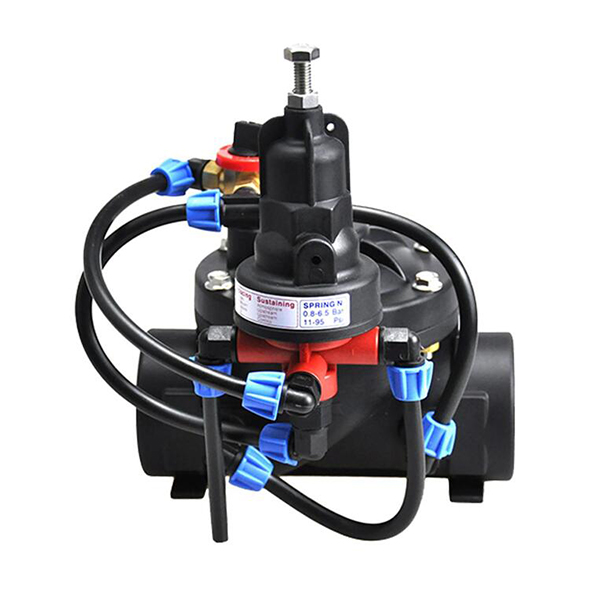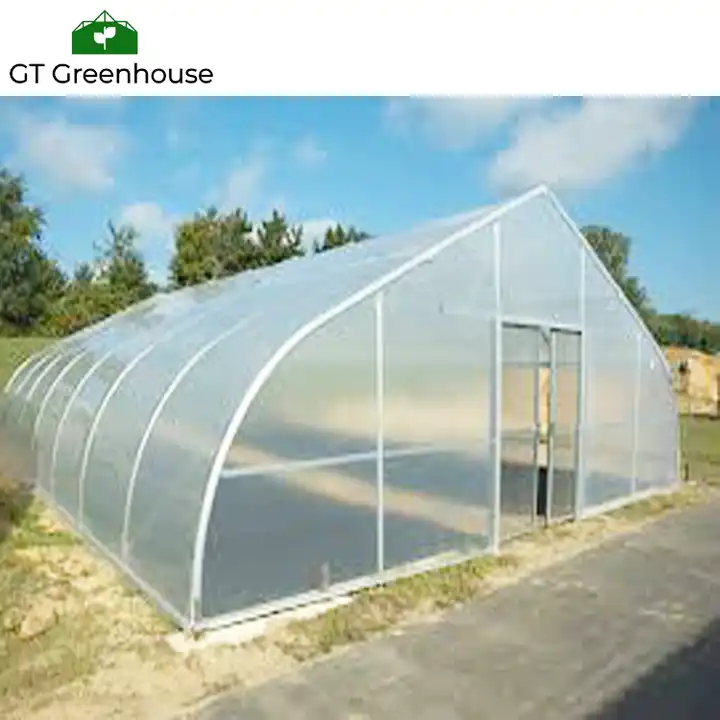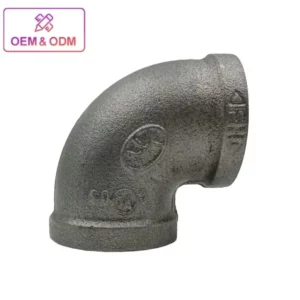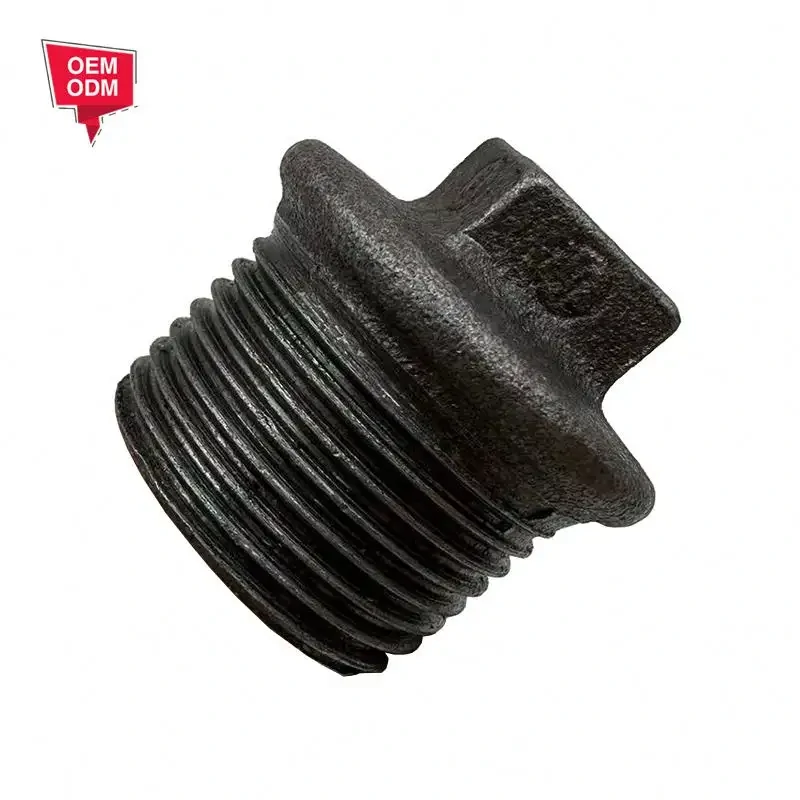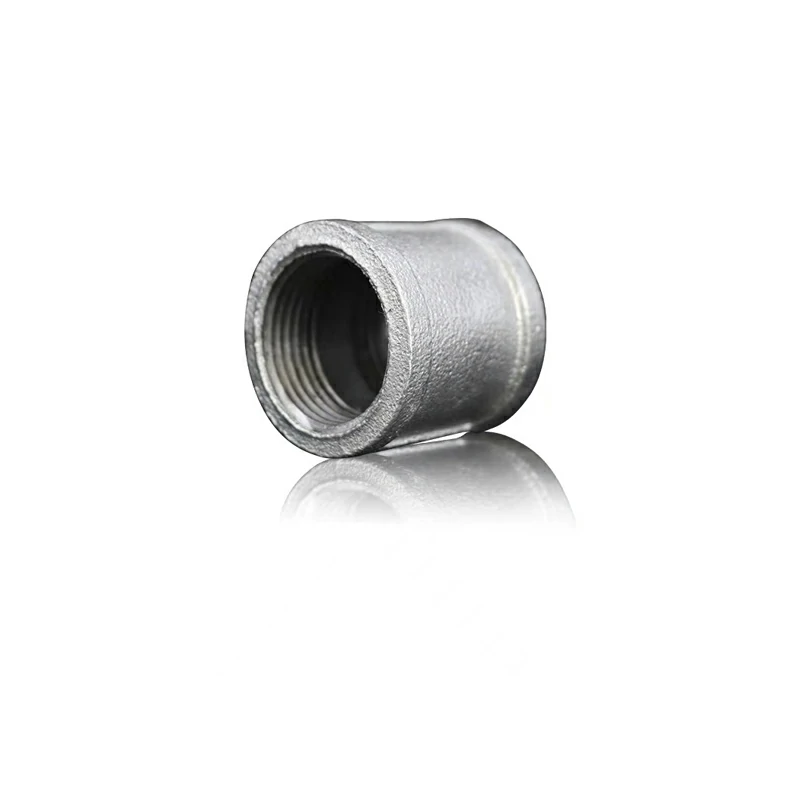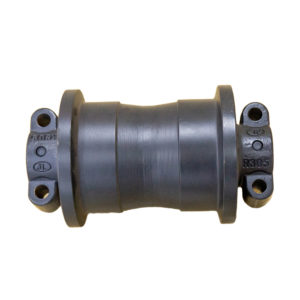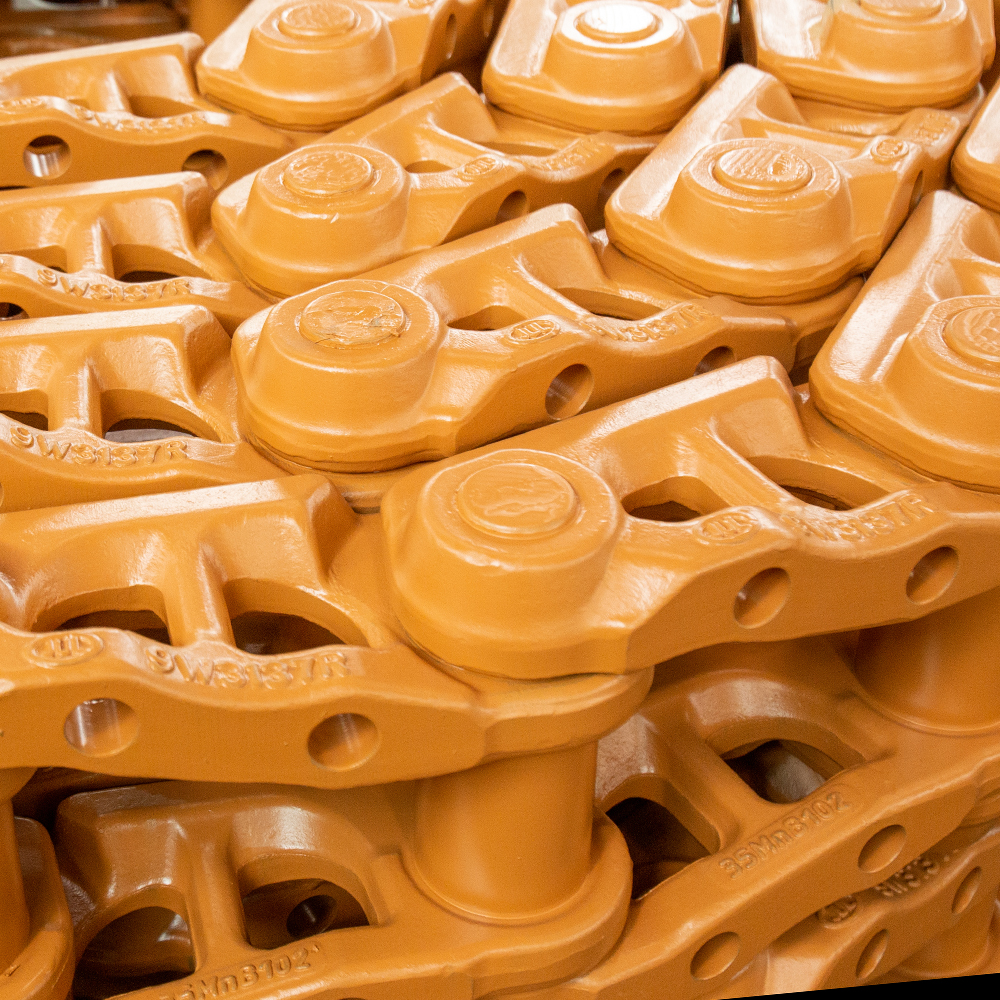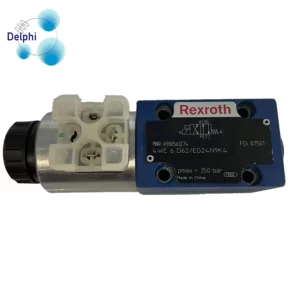A Pressure Reducing Valve (PRV) contributes to water conservation efforts in several ways:
- Prevention of Excessive Water Usage:
- By regulating and reducing the incoming water pressure to a safe and optimal level, a PRV prevents excessive water flow. High water pressure can lead to overuse and waste, and a PRV helps maintain a controlled flow, ensuring water is used efficiently.
- Mitigation of Water Leaks:
- Excessive water pressure can strain pipes and plumbing fixtures, increasing the risk of leaks and burst pipes. A PRV helps mitigate this risk by maintaining a consistent and moderate pressure, reducing the likelihood of leaks. This contributes to water conservation by minimizing the loss of water through leaks.
- Prevention of Water Fixture Damage:
- High water pressure can cause damage to faucets, appliances, and other water fixtures. By reducing pressure, a PRV protects these components from wear and tear, extending their lifespan. This prevention of damage supports water conservation efforts by reducing the need for frequent replacements and repairs.
- Efficient Irrigation Practices:
- In irrigation systems, a PRV ensures that the water pressure delivered to sprinklers or drip lines is controlled and optimized. This prevents overwatering and allows for precise water application to plants, promoting efficient irrigation practices and water conservation in landscaping and agriculture.
- Energy Savings:
- Excessive water pressure not only wastes water but also increases the energy required to pump and distribute water. By reducing pressure to an appropriate level, a PRV contributes to energy savings, indirectly supporting overall environmental conservation efforts.
- Minimization of Water Heater Energy Consumption:
- High water pressure can lead to increased energy consumption in water heaters. By maintaining a lower and consistent pressure, a PRV helps minimize the energy needed to heat water, contributing to energy efficiency and water conservation.
- Reduced Water Treatment Costs:
- Excessive water pressure can strain water treatment facilities, leading to higher operational costs. By moderating pressure, a PRV helps optimize the efficiency of water treatment processes, indirectly contributing to cost savings and sustainable water management.
- Consistent Water Distribution:
- A PRV ensures a consistent and controlled flow of water throughout the plumbing system. This consistency helps prevent sudden surges of water, which can lead to waste. By promoting stable water distribution, a PRV supports water conservation efforts.
- Compliance with Water Use Regulations:
- In regions with water use regulations and restrictions, maintaining proper water pressure is crucial. A PRV helps ensure compliance with these regulations by preventing excessive water usage, contributing to responsible water management practices.
- Sustainable Resource Management:
- By preventing water waste, leaks, and damage to water infrastructure, a PRV supports sustainable resource management. It helps communities make the most of available water resources and promotes responsible water use for current and future generations.
In summary, a Pressure Reducing Valve contributes to water conservation efforts by preventing excessive water usage, mitigating leaks, protecting water fixtures, promoting efficient irrigation, saving energy, reducing water treatment costs, ensuring consistent water distribution, facilitating compliance with regulations, and supporting sustainable resource management.
What role does a Pressure Reducing Valve play in protecting downstream equipment and appliances from damage caused by excessive water pressure?
A Pressure Reducing Valve (PRV) plays a crucial role in protecting downstream equipment and appliances from damage caused by excessive water pressure. Here are the key ways in which a PRV serves this protective function:
- Preventing Burst Pipes:
- Excessive water pressure can cause pipes to burst, Pressure Reducing Valve leading to significant water damage. A PRV regulates the pressure to a safe level, reducing the risk of burst pipes and the associated damage to property and infrastructure.
- Protecting Water Fixtures:
- High water pressure can damage faucets, showerheads, and other water fixtures over time. By reducing pressure, a PRV helps protect these fixtures from wear, extending their lifespan and minimizing the need for frequent replacements.
- Avoiding Appliance Damage:
- Many household appliances, such as washing machines, dishwashers, and water heaters, are sensitive to high water pressure. A PRV safeguards these appliances by ensuring that the water pressure remains within the manufacturer’s recommended range, preventing damage and optimizing performance.
- Preserving Water Heaters:
- Excessive pressure can cause stress on water heaters, leading to leaks and premature failure. A PRV maintains a safe pressure level, preventing damage to the water heater’s internal components and enhancing its overall longevity.
- Preventing Toilet Damage:
- High water pressure can result in damage to toilet mechanisms, including valves and seals. A PRV protects toilets from these potential issues, reducing the risk of malfunctions and the need for repairs.
- Extending the Lifespan of Appliances:
- Appliances connected to the water supply, such as refrigerators with water dispensers or ice makers, can experience damage from high pressure. A PRV helps extend the lifespan of these appliances by preventing stress and wear associated with excessive water pressure.
- Minimizing Water Hammer:
- Water hammer, caused by sudden changes in water pressure, can lead to vibrations and stress on pipes and fixtures. A PRV helps minimize water hammer by maintaining a consistent pressure, reducing the risk of damage to downstream components.
- Protecting Sprinkler Systems:
- In irrigation systems, sprinklers and drip lines are susceptible to damage from high water pressure. A PRV ensures that the pressure delivered to these systems is controlled, preventing potential harm to irrigation components and promoting efficient water distribution.
- Optimizing Performance of Plumbing Components:
- By maintaining a steady and controlled pressure, a PRV ensures that all plumbing components, including valves, regulators, and gauges, operate within their designed parameters. This optimization reduces the risk of wear and tear on these components.
- Avoiding Costly Repairs:
- The protection provided by a PRV helps avoid costly repairs and replacements of downstream equipment. By preventing damage from high water pressure, a PRV contributes to cost savings over time, making it a valuable investment in maintaining a reliable and efficient water distribution system.
In summary, a Pressure Reducing Valve protects downstream equipment and appliances by preventing burst pipes, preserving water fixtures, avoiding appliance damage, extending the lifespan of water heaters, preventing toilet damage, minimizing water hammer, protecting sprinkler systems, optimizing the performance of plumbing components, and avoiding costly repairs. It is a critical component in maintaining the integrity and functionality of a water distribution system.
